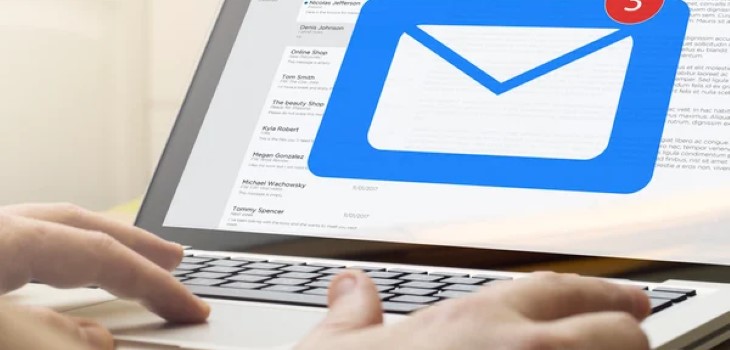As traditional phishing attack attachment types like Office documents dwindle in use, threat actors look for new effective ways to use email as a delivery medium to launch an attack.
We’ve seen email attachments being used in cyberattacks for decades now, so it shouldn’t come as a surprise to anyone working in an office that a strange attachment type may be malicious. And yet, this trend continues, despite threat actors changing which types of attachments to use.
For years, it was macro-enabled Office documents. But once Microsoft made disabling macros the standard, we saw phishing attacks using such files become less and less popular. According to VirusTotal’s Emerging Formats and Delivery Techniques report, email attachments continue to be a popular delivery mechanism for phishing attacks. A few notable specifics from the report include:
- Nearly 45% of malicious attachments were HTML
- Compressed files made up slightly more than 20% of attachments
- PDFs and Javascript files each came in slightly under 10%
- Oddly enough, Word and Excel files still made the list – albeit representing a very small portion of attacks – despite macros being dead for a number of years
Additionally, VirusTotal makes the point that OneNote files as attachments is increasing in popularity this year – something I wrote about earlier this year – due to their ability to embed links to malicious websites.
All in all, malicious attachments don’t appear to be going anywhere. The surefire way to minimize the effectiveness of any of these kinds of attachments is to educate users about the malicious use of these files through security awareness training, teaching them how to spot a suspicious user experience (such as the attachment itself requiring the user to click a link to actually “see” the attachment’s contents) and to stay clear of such files.




Leave A Comment